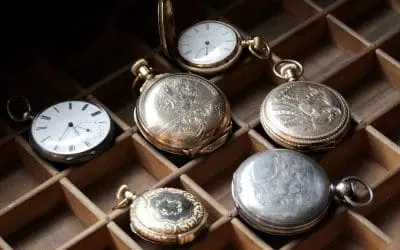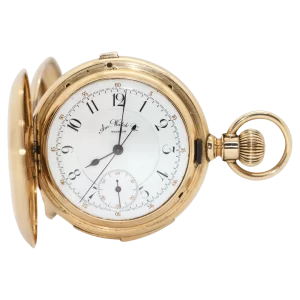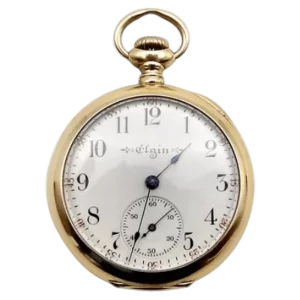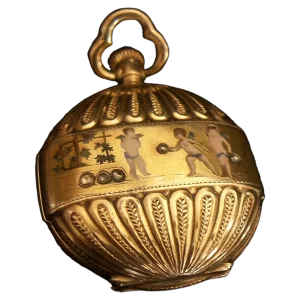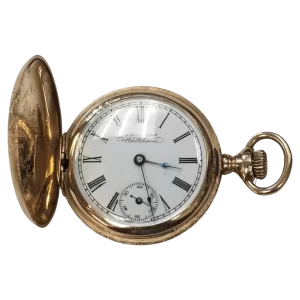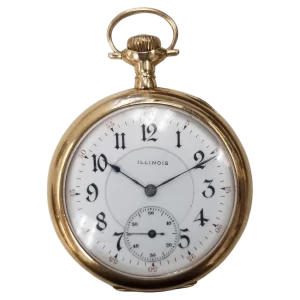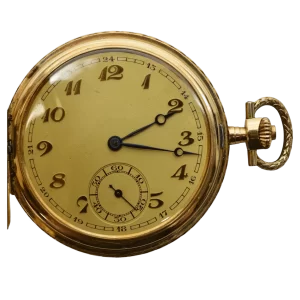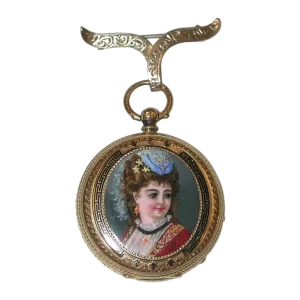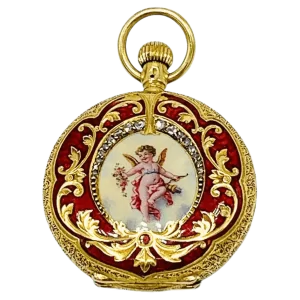Engraving and personalization have been a timeless tradition in the world of antique watches and pocket watches. These intricate timepieces have been treasured possessions for centuries, and the addition of personalization only adds to their sentimental value. From intricate engravings to hand-painted designs, these personalized watches serve as both functional timekeepers and works of art. But what is the history behind this practice? How has it evolved over the years? And what makes engraving and personalization in antique watches and pocket watches so significant? In this article, we will delve into the rich history of this art form and explore the various techniques and styles used in personalizing these exquisite timepieces. We will also discuss the importance of these engravings in preserving the stories and memories of their owners. Join us on a journey through time as we uncover the fascinating world of engraving and personalization in antique watches and pocket watches.

History of personalized timepieces
The practice of personalizing timepieces has a rich and fascinating history that spans centuries. In ancient times, wealthy individuals would commission skilled artisans to engrave their initials or family crests onto their pocket watches, creating a sense of ownership and exclusivity. This tradition continued to evolve throughout the Renaissance and Baroque periods, where intricate engravings and embellishments became more elaborate and ornate. Engraving techniques advanced during the Victorian era, allowing for more intricate and detailed designs to be etched onto watch cases and dials. Today, the tradition of personalizing timepieces continues to thrive, with modern advancements in technology enabling even more possibilities for customization, making each timepiece a truly unique and cherished item.
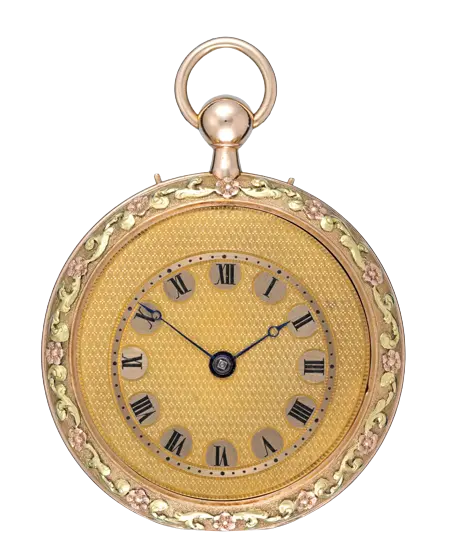
Types of engraving techniques used
Engraving techniques used in the personalization of antique watches and pocket watches encompass a range of methods, each with its own distinct characteristics. One commonly employed technique is hand engraving, where skilled artisans meticulously carve designs onto the watch surface using specialized tools. This method allows for intricate and precise detailing, resulting in a truly bespoke and timeless piece. Another technique is machine engraving, which employs computer-controlled machines to etch patterns onto the watch surface. This method offers consistency and speed, making it suitable for mass production or replicating specific designs. Additionally, laser engraving has gained popularity in recent years, offering a highly precise and versatile option. It utilizes laser beams to etch designs onto the watch surface, allowing for intricate detail and customization. Each technique brings its unique qualities to the art of engraving, ensuring that antique watches and pocket watches can be personalized to reflect the owner’s individuality and taste.
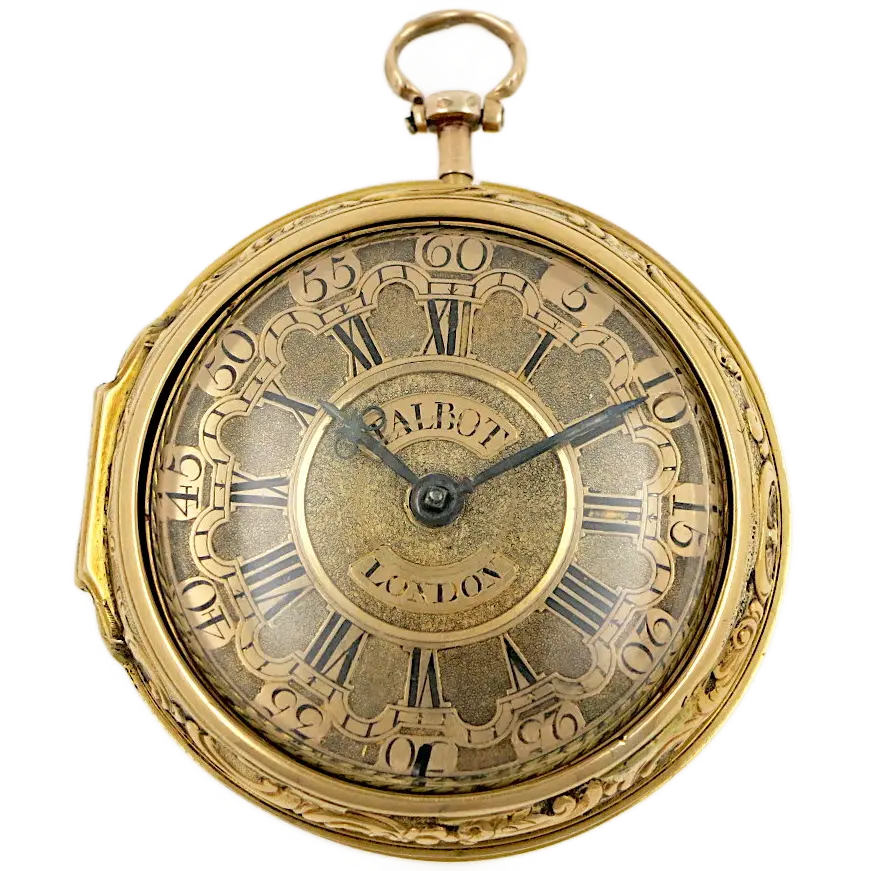
Significance of personalization in antiques
Personalization plays a significant role in the realm of antiques, particularly in the context of watches and pocket watches. Antique timepieces hold immense historical and sentimental value, and the ability to personalize them adds an extra layer of significance. Engraving initials, names, dates, or meaningful symbols onto these cherished pieces not only enhances their individuality but also creates a personal connection between the owner and the item. The act of personalization also adds a sense of provenance to the antique, as it serves as a tangible reminder of the previous owners and their unique stories. Moreover, personalization allows for the preservation of family histories and the passing down of heirlooms through generations, ensuring that the sentimental value and significance of these antique watches and pocket watches endure over time.
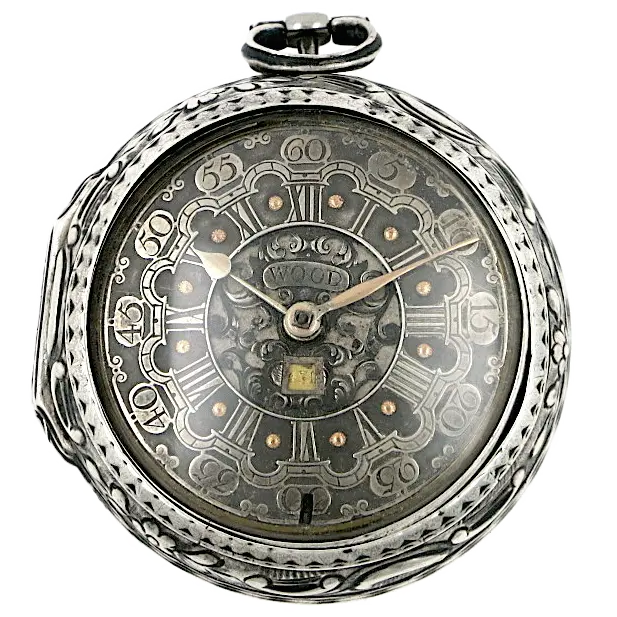
Engraving adds value and character
Engraving in antique watches and pocket watches goes beyond just personalization; it adds significant value and character to these timeless pieces. The intricate art of engraving, done by skilled craftsmen, serves as a testament to the craftsmanship and attention to detail that went into creating these timepieces. The addition of delicate engravings, such as intricate patterns, floral motifs, or even historical scenes, not only enhances the aesthetic appeal but also showcases the artistry of the era in which the watch was produced. This attention to detail and unique engraving designs make each antique watch or pocket watch truly one-of-a-kind and sought after by collectors and enthusiasts alike. Moreover, engraving can also increase the value of an antique timepiece, as it adds to its historical significance and uniqueness, making it a coveted item in the world of horology. Whether it’s a beautifully engraved case or a meticulously engraved movement, the art of engraving adds depth and character to antique watches and pocket watches, making them not only functional timekeepers but also exquisite works of art.
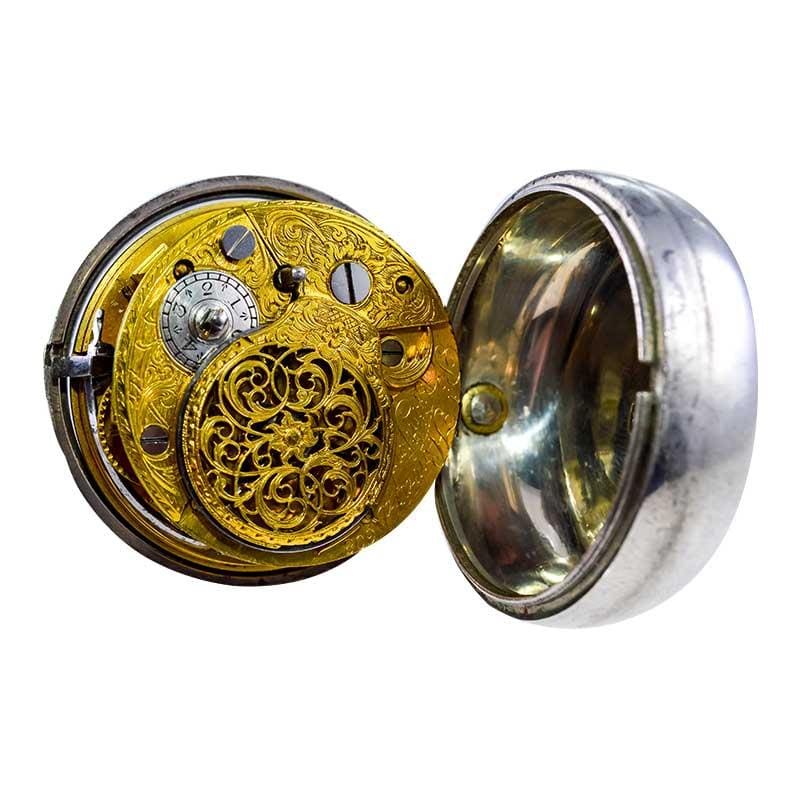
Popular symbols and designs used
Throughout history, there have been a variety of popular symbols and designs used in the engraving of antique watches and pocket watches. These symbols and designs often reflect the cultural and artistic influences of the time period in which they were created. One commonly found symbol is the fleur-de-lis, which represents royalty and nobility. Other popular motifs include intricate scrollwork, geometric patterns, and nature-inspired elements such as leaves and flowers. Additionally, historical scenes depicting significant events or landmarks were often engraved on pocket watches, adding a touch of storytelling to these timepieces. These symbols and designs not only showcase the craftsmanship of the engraver but also provide insights into the values and aesthetics of the era in which the watch was made.
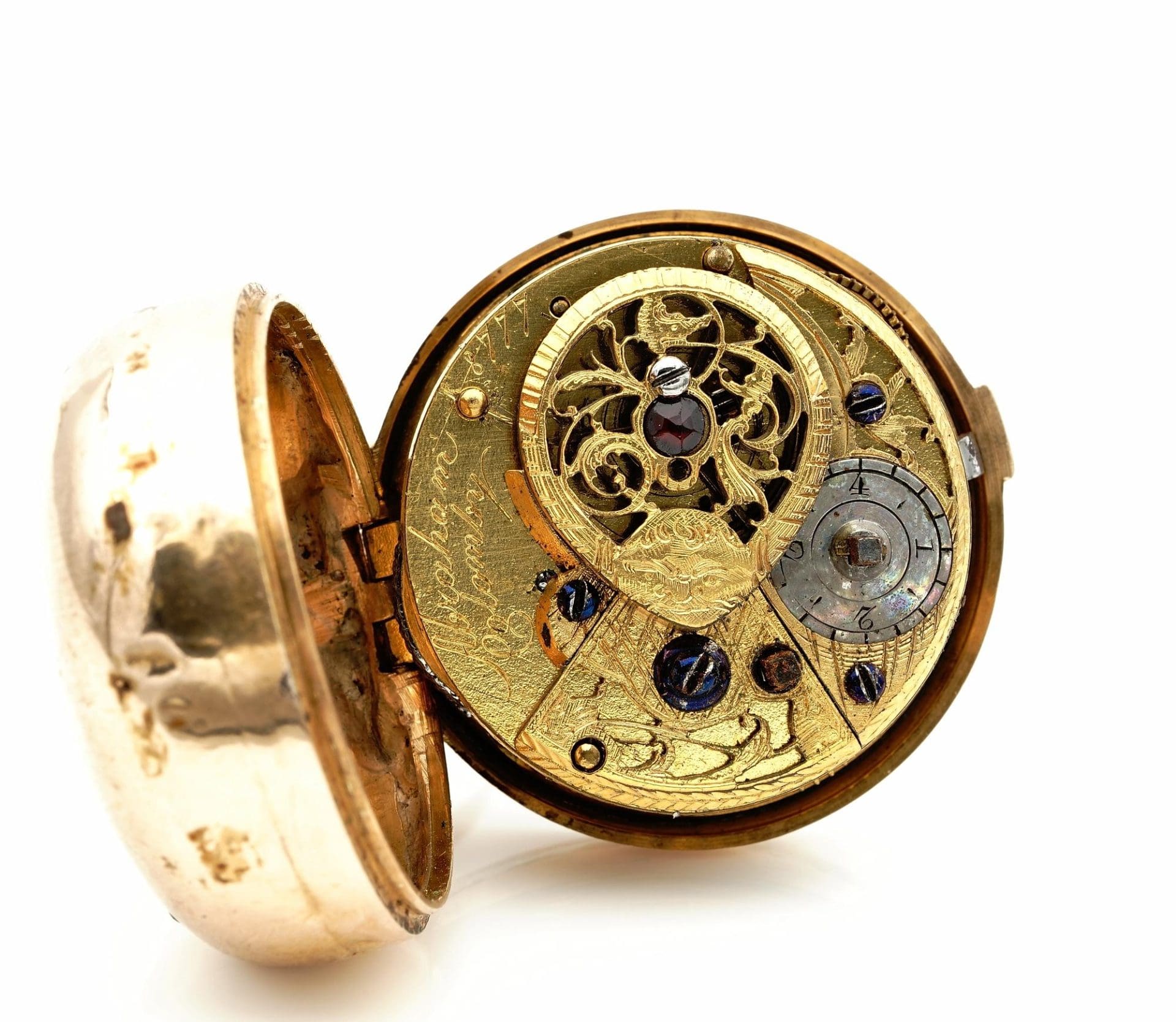
Methods for preserving engravings
Preserving the intricate engravings on antique watches and pocket watches is essential for maintaining their historical and artistic value. There are several methods that can be employed to ensure the longevity of these engravings. First and foremost, regular cleaning and maintenance is crucial. Using a soft, lint-free cloth and gentle cleaning solutions specifically designed for metal surfaces, the engravings can be gently wiped clean to remove any dirt or debris that may accumulate over time. Additionally, it is important to protect the engravings from scratches and abrasions by storing the timepiece in a lined box or case. Avoiding exposure to extreme temperatures, moisture, and direct sunlight is also essential in preventing fading or deterioration of the engravings. For more delicate or sensitive engravings, professionals skilled in restoration and conservation techniques can provide specialized care and treatment. By employing these preservation methods, the engravings on antique watches and pocket watches can be safeguarded for future generations to appreciate and admire.

Importance of professional restoration services
Professional restoration services play a vital role in the preservation and maintenance of antique watches and pocket watches. These timepieces often possess historical and sentimental value, making it essential to entrust their restoration to skilled professionals. Whether it is repairing damaged engravings, addressing mechanical issues, or restoring the overall aesthetic appeal of the watch, professional restoration services ensure that the integrity and authenticity of these pieces are maintained. These experts possess in-depth knowledge of horological craftsmanship and use specialized techniques and tools to carefully restore and preserve the engravings and intricate details of the timepiece. Their expertise not only enhances the visual appeal of the watch but also adds value to its collectability, making professional restoration services an indispensable resource for antique watch enthusiasts and collectors.

Protecting the sentimental value of engravings
To truly protect the sentimental value of engravings on antique watches and pocket watches, it is important to take proactive measures to ensure their preservation. One of the key steps is to handle these timepieces with utmost care, avoiding unnecessary contact or exposure to harsh environments. Regular maintenance and cleaning can help prevent the accumulation of dirt and dust that may obscure or damage the engravings. When storing these cherished pieces, it is recommended to keep them in a secure and controlled environment, away from excessive moisture, extreme temperatures, and direct sunlight. Additionally, it is advisable to limit the frequency of winding or operating the watch to minimize wear and tear on the engravings. By following these precautions, collectors and owners can safeguard the sentimental and aesthetic value of the engravings, allowing them to be cherished and appreciated for generations to come.
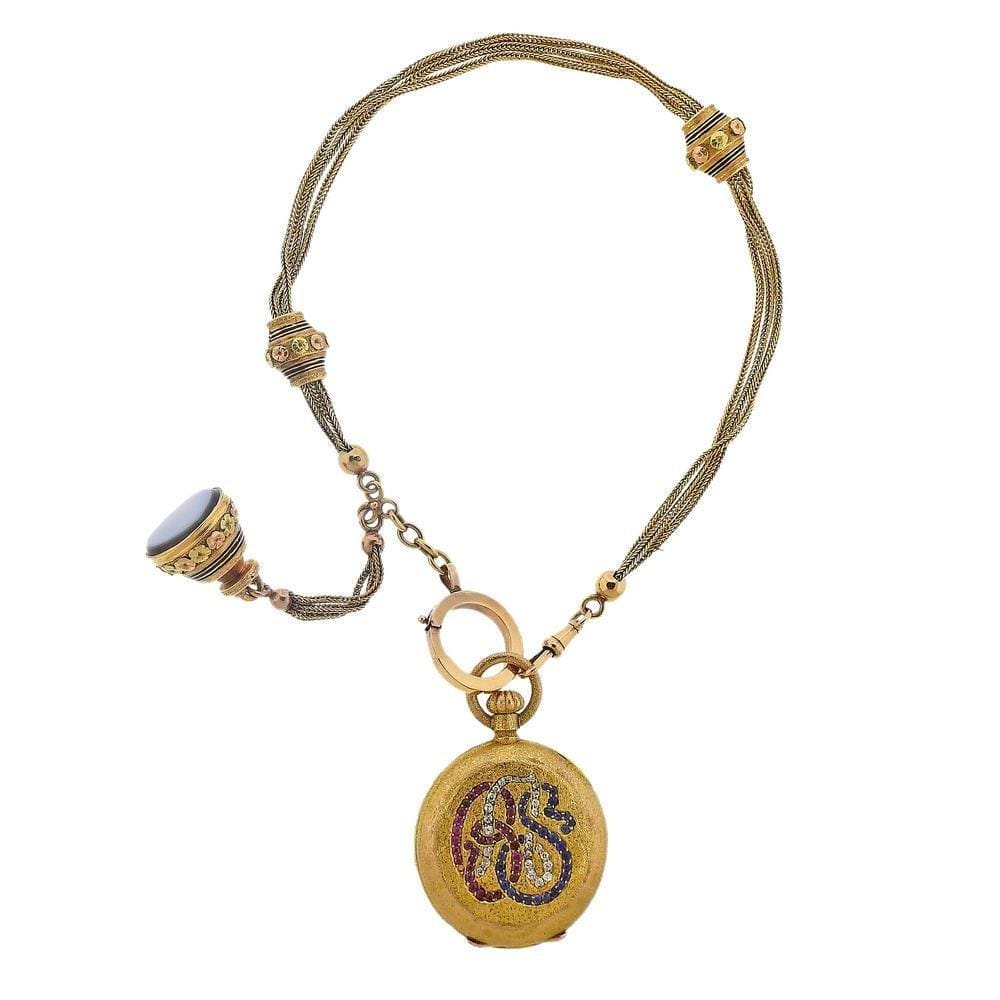
Incorporating modern personalization techniques
In today’s era of advancing technology and evolving consumer preferences, incorporating modern personalization techniques has become increasingly relevant in the world of antique watches and pocket watches. These techniques offer a unique opportunity to enhance the sentimental value and individuality of these timeless pieces. With the use of laser engraving, for example, intricate designs and personalized messages can be delicately etched onto the surface of the watch, adding a touch of personal significance. Additionally, advancements in digital imaging and 3D printing allow for the creation of custom-made components or embellishments that can be seamlessly integrated into antique watches, further accentuating their uniqueness. By embracing these modern personalization techniques, collectors and enthusiasts can breathe new life into their cherished timepieces, creating a perfect blend of traditional craftsmanship and contemporary customization.
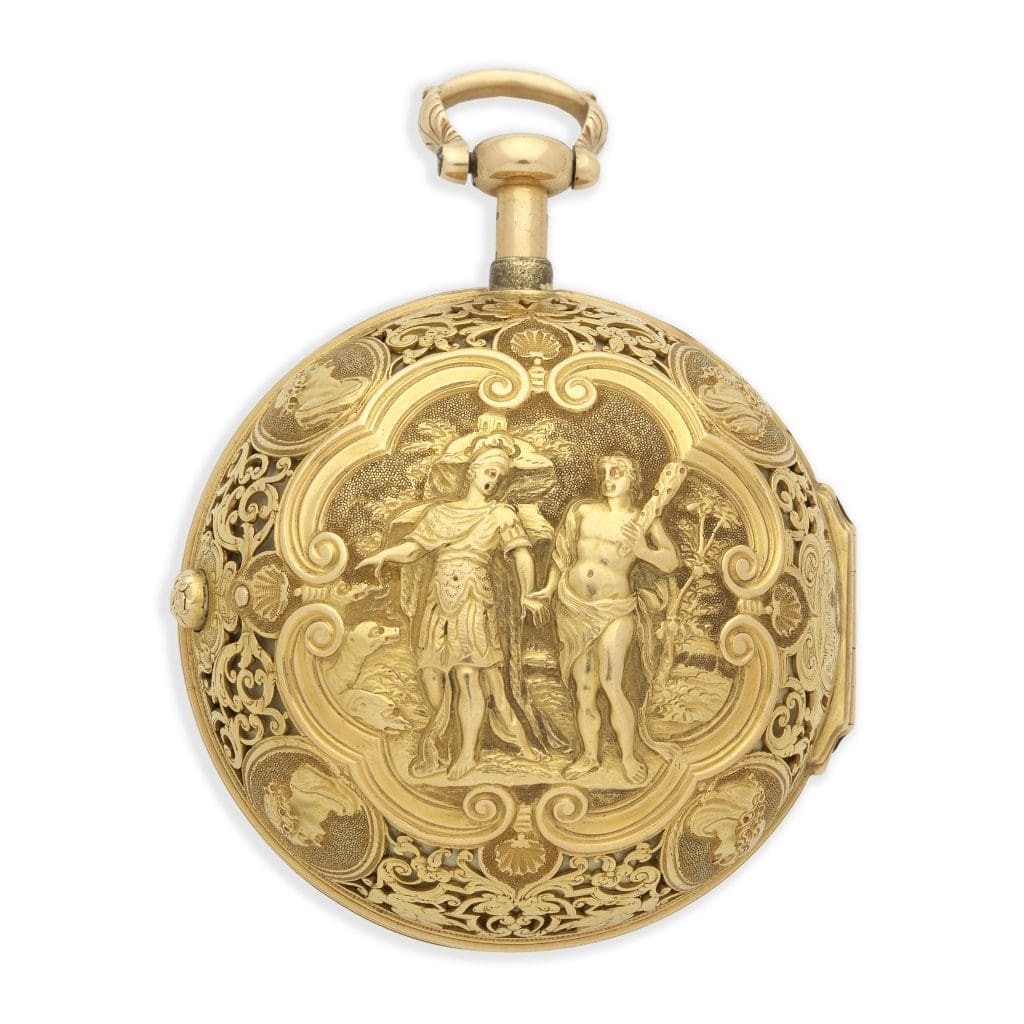
Tips for choosing the perfect engraving
When it comes to choosing the perfect engraving for your antique watch or pocket watch, there are a few key factors to consider. Firstly, think about the overall aesthetic and style of the timepiece. Whether it’s a classic Victorian design or a sleek Art Deco piece, the engraving should complement and enhance the existing features of the watch. Secondly, consider the size and placement of the engraving. It should be proportionate to the watch face or case, and strategically positioned to ensure it does not obscure any important details or markings. Additionally, think about the longevity of the engraving. Opt for techniques that offer durability and resistance to fading or wearing off over time. Lastly, choose a personalized message or design that holds special meaning to you or the recipient. Whether it’s a significant date, initials, or a meaningful symbol, the engraving should evoke a sense of sentimental value and individuality. By carefully considering these factors, you can ensure that the engraving on your antique watch or pocket watch is a timeless and cherished addition to an already extraordinary timepiece.
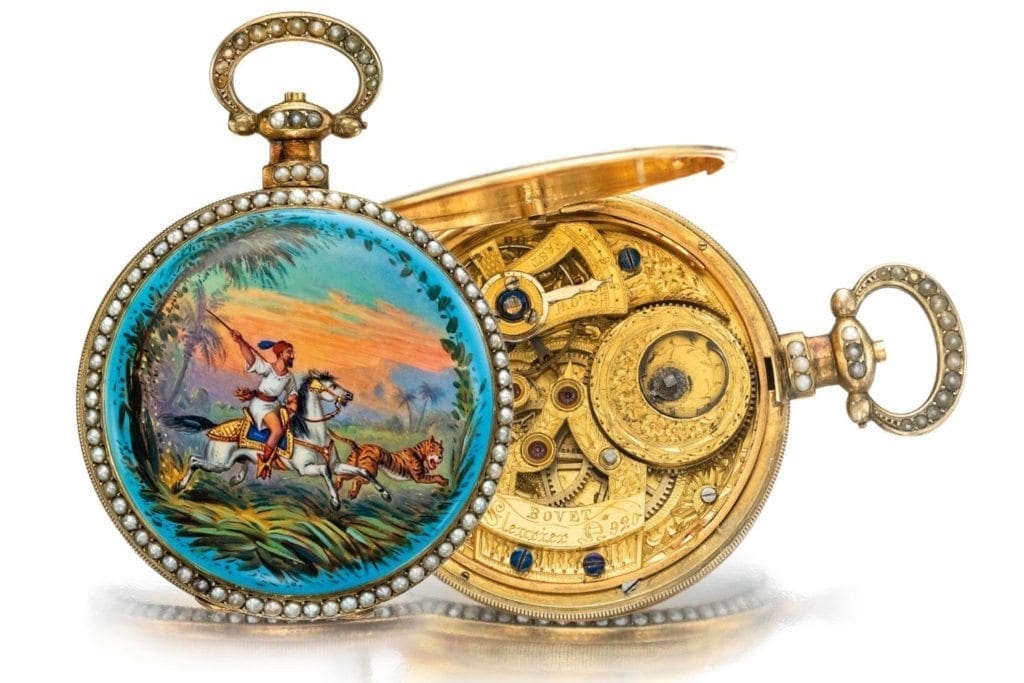
In conclusion, engraving and personalization add a unique touch to antique watches and pocket watches, making them not only timepieces but also pieces of history and sentiment. Whether it’s a heartfelt message, a significant date, or a family crest, these personal touches add value and character to these time-honored timepieces. With proper care and maintenance, these engravings will continue to tell a story for generations to come, making them cherished heirlooms for any watch collector or enthusiast.
FAQ
How did engraving and personalization play a role in the history of antique watches and pocket watches?
Engraving and personalization played a significant role in the history of antique watches and pocket watches by adding a touch of individuality and sentimental value. Engraving allowed owners to customize their timepieces with initials, dates, or decorative designs, making them unique and special. This personalization not only served as a form of self-expression but also as a way to commemorate special occasions or relationships. Engraved antique watches and pocket watches often hold historical and emotional significance, offering a glimpse into the personal stories of their past owners.
What are some common types of engravings found on antique watches and pocket watches?
Common types of engravings found on antique watches and pocket watches include intricate floral designs, geometric patterns, personalized initials or names, decorative borders, and sometimes detailed scenes or landscapes. These engravings often reflect the craftsmanship and artistic style of the time period in which the watch was made, adding a unique and personalized touch to each timepiece.
How can the presence of engraving or personalization affect the value of an antique watch or pocket watch?
The presence of engraving or personalization on an antique watch or pocket watch can either enhance or diminish its value. Engravings with historical significance or connections to notable individuals can increase the watch’s worth due to the added provenance. Conversely, overly personalized engravings or those that detract from the watch’s aesthetics may lower its value. Ultimately, the impact on value depends on the quality, relevance, and overall appeal of the engraving in relation to the timepiece.
Are there any famous examples of personalized antique watches or pocket watches with notable engravings?
One famous example of a personalized antique watch with notable engravings is the Patek Philippe Henry Graves Supercomplication pocket watch, created in 1932 for banker Henry Graves Jr. It features intricate engravings, including celestial maps, and is considered one of the most complex timepieces ever made. Another notable piece is the Marie Antoinette watch, commissioned by King Louis XVI for his queen, which took 44 years to complete and is known for its intricate engravings and mechanical complexity. These personalized antique watches are highly sought after by collectors for their historical significance and craftsmanship.
How can collectors authenticate the originality of engravings on antique watches and pocket watches?
Collectors can authenticate the originality of engravings on antique watches and pocket watches by consulting experts or appraisers, researching the specific manufacturer and time period of the piece, examining the quality and consistency of the engraving, checking for any identifying marks or serial numbers, and comparing the engravings to known examples or catalogs of the manufacturer’s work. Additionally, collectors can use UV light to reveal hidden markings or alterations that may indicate the authenticity of the engravings.



